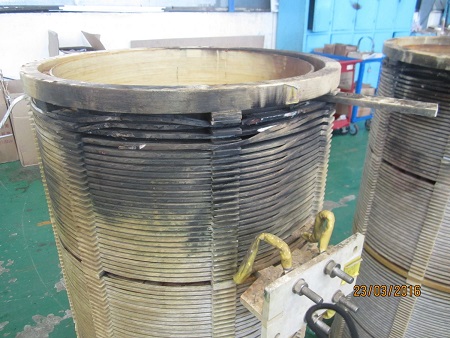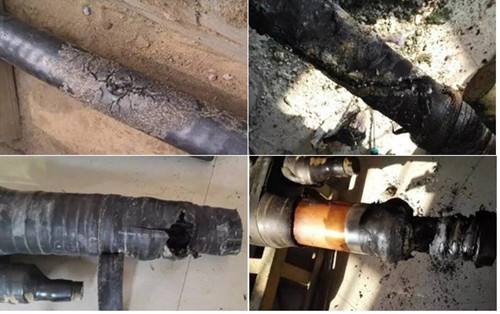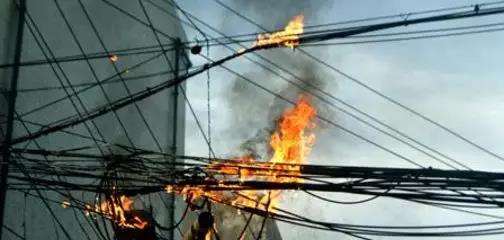A.First of all, let's understand what is a partial discharge.
According to the definition of the International Electromechanical Commission IEC 60270, partial discharge (PD) is a localized electrical discharge that only partially bridges the insulation between conductors and which may or may not occur adjacent to a conductor.
The main cause of partial discharge is that the electric field strength of each region of the insulator is not uniform when the dielectric is not uniform. In some areas, the electric field strength reaches the breakdown field and discharge occurs, while the other regions remain insulated.

B. Partial discharge can be divided into three types.
1. Internal Discharges: occurring in voids or cavities within solid or liquid dielectrics;
2. Surface Discharges: appearing at the boundary of different insulation materials;
3. Corona Discharges: occurring in gaseous dielectrics in the presence of inhomogeneous fields;
4. Treeing: continuous impact of discharges in solid dielectrics, forming discharge channels.

C.The main phenomenon of partial discharge:
1.electrical pulse currents
2.dielectric losses
3.M. radiation (light)
4.sound (noise)
5.increased gas pressure
6.chemical reactions
D.Partial discharge hazard
Partial discharge plays an erosive effect on the insulation structure. Its failure mechanism on insulation has the following aspects:
1 charged particles (electrons, ions, etc.) impact insulation, destroying its molecular structure, such as fiber fragmentation, and thus insulation damage.
2 due to the impact of charged ions, the insulation will appear local temperature rise, which will easily lead to overheating of insulation, carbonization will occur in severe cases;
3 ozone (O3) and nitrogen oxides (NO, NO2) generated by partial discharge It will erode insulation, and when it encounters moisture, it will produce nitric acid, which will intensify the erosion of insulation.
4 In partial discharge, oil will decompose oil due to electrolysis and Schottky radiation effect of the electrode, plus some impurities in the oil. Therefore, it is easy to cause the sludge formed by the polymerization to accumulate at the paper layer (mostly in the sputum insulation or other insulated oil wedges). The sludge formation will increase the dielectric damage angle tgδ of the insulation, reduce the heat dissipation capacity, and even cause thermal breakdown. The possibility. The continuous development of partial discharge will gradually increase the damage of insulation degradation, eventually shortening the normal life of insulation, shortening the insulation strength in a short time, and possibly even breaking the entire insulation.
